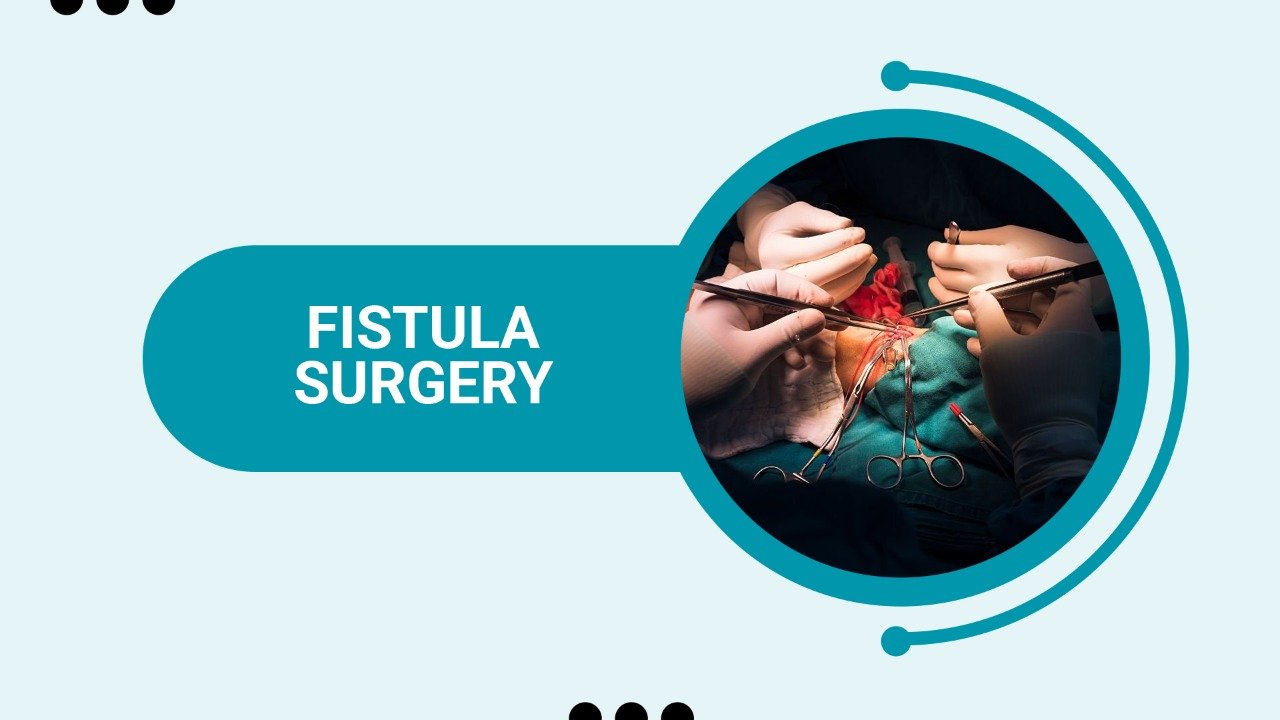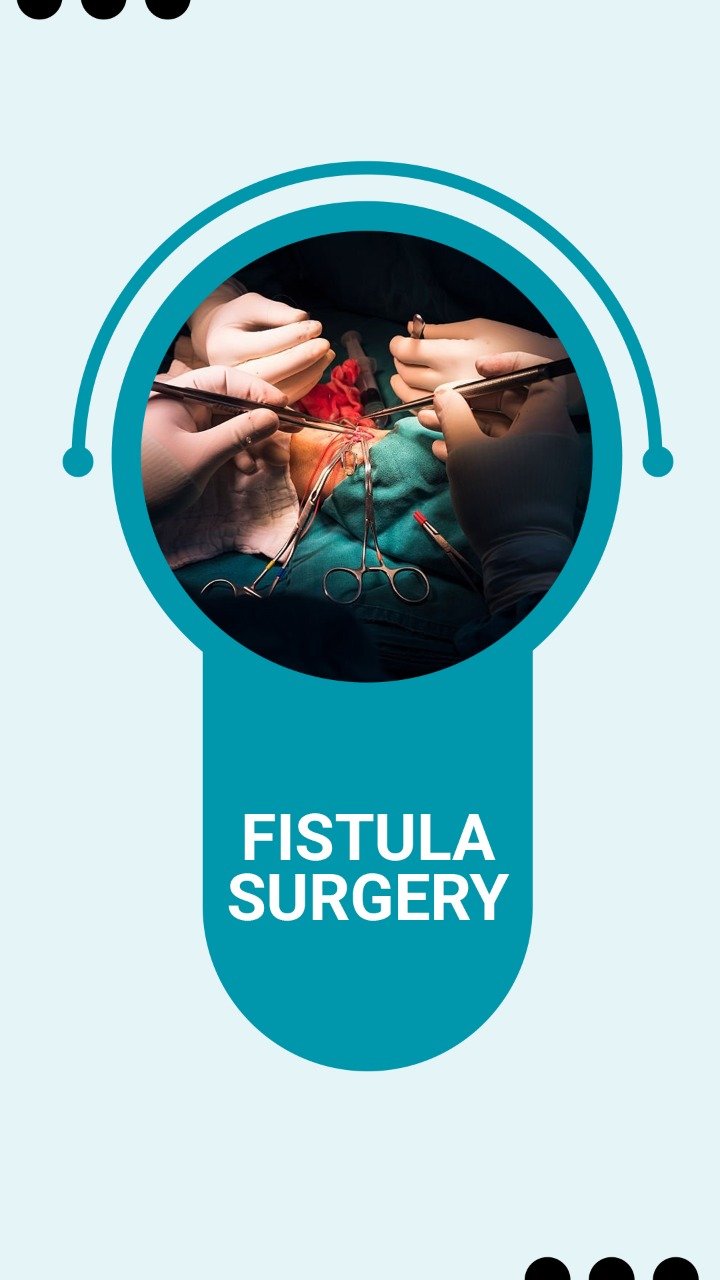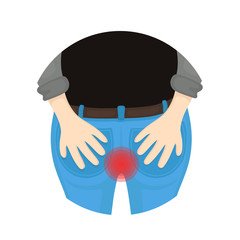

Anal Fistula Care
we offer an array of modern and most effective treatments to treat anal fistula and conserving healthy tissue and functions. We can provide you with a custom treatment based on the location of the fistula, which can be minimally in invasive, but provides the lowest chance

What is Anal Fistula
Anal Fistula can be described as an abnormal connection or infected tunnel located between the lower part of the bowel and the skin that surrounds the anus.
It typically occurs as the result of an abscess in the genital area in the majority of cases, but in a few instances it may be a warning signal for an illness that is serious and manifests inside the body, such as
- Inflammatory bowel disease such as Crohn disease
- Sexually transmitted infections
- HIV infection
- Tuberculosis in the intestinal tract
Leukemia

Common signs of Anal Fistula
- A foul-smelling, bleeding or sour-smelling discharge that comes from the perianal surface
- Skin redness that surrounds the anal canal
- Ailment in the area around the anus
- Skin irritation peri-anal
- Intermittent fever

Types of Anal Fistula
To determine the most effective method for treatment of a particular fistula it is important to comprehend the location and the exact fistula tract and whether the tract is surrounded by additional branches, or none at all. The various kinds of fistulas are:
Inter Sphincteric Fistula It is the most frequent kind of fistula. In about 45percent in cases, the tract that forms this fistula is located between the internal and external sphincter muscles. It opens close to an opening in the aortic.
Trans Sphincteric Fistula It is present in 30 percent in cases. The tract connects both sphincters. An opening usually is located about 3 inches from the opening. They can cover the canal of the anal in a U shape , resulting in the appearance of a horse shoe, or a complicated fistula
Supra Sphincteric Fistula: This form of fistula occurs within 20% patients. In this kind of fistula the tract is a loop that runs through the muscles of the sphincter and runs through the main pelvic floor muscles.
Extrasphincteric Fistula Found in less than five percent of cases the tract typically begins from the sigmoid colon or rectum. It doesn’t involve muscles of the sphincter and is often caused by appendicular abscess or Crohn’s disease and other Crohn’s.

Laser Surgery for Fistula
The right selection of the patient is essential to get the greatest results from this procedure. The procedure is typically performed under a brief GA and does not involve cutting of tissue.
A circular laser fiber is inserted into the track, and a specific amount of laser is pumped to the track. The laser beam with high energy completes burning and then collapses the tract. Because it doesn’t require large dissections, there is minimal bleeding and post-operative discomfort, and recovery can be extremely quick.

Advantages Of Laser Surgery
- Fast and efficient healing rates.
- The preservation of the anal sphincter ensures that there is no possibility of post-operative incontinence
- One of the best methods to treat fistulas is using a fistula management program.


